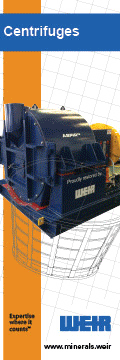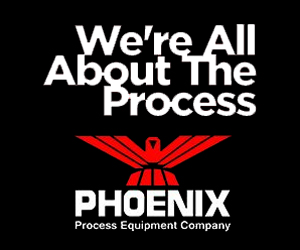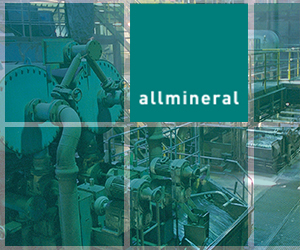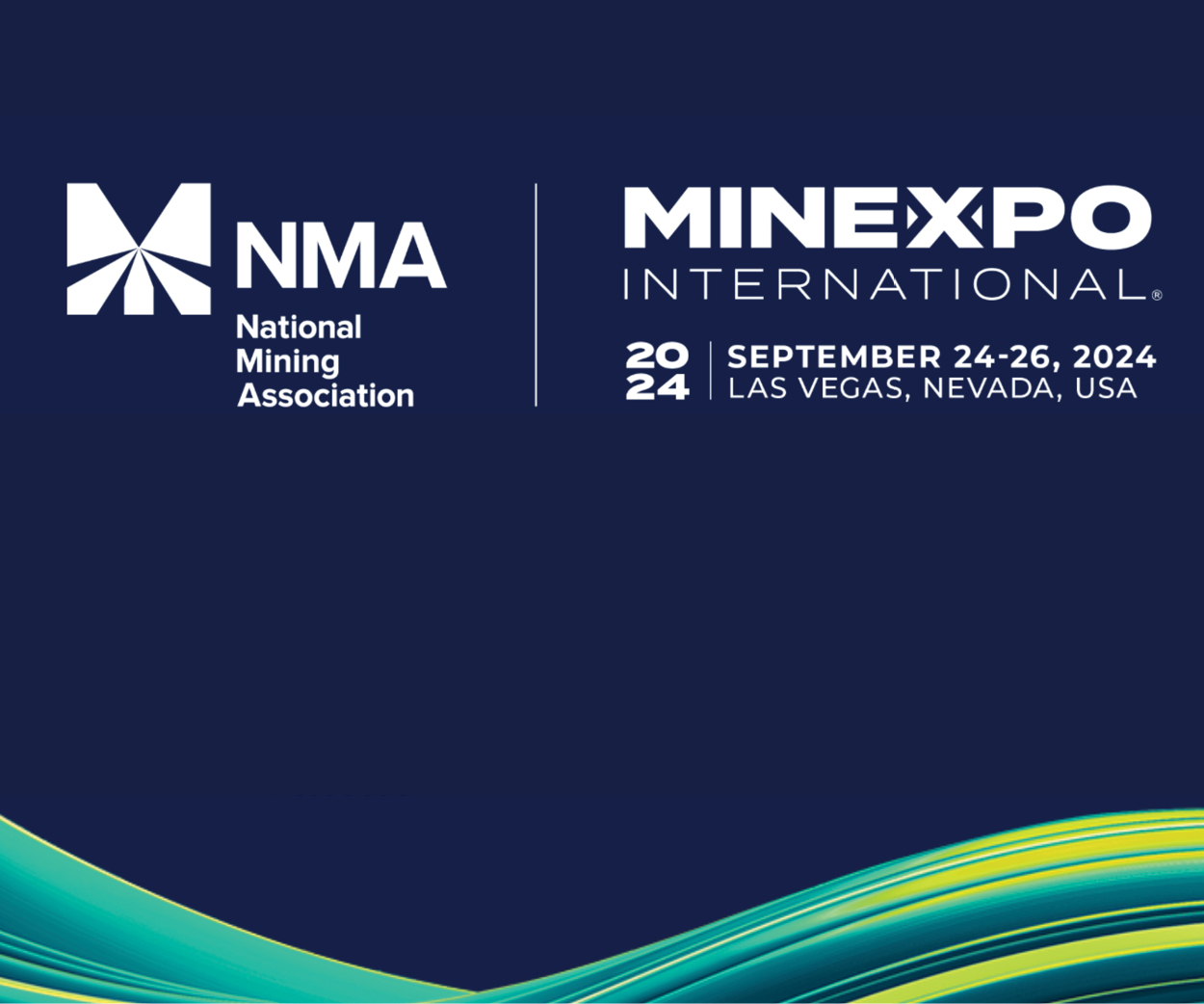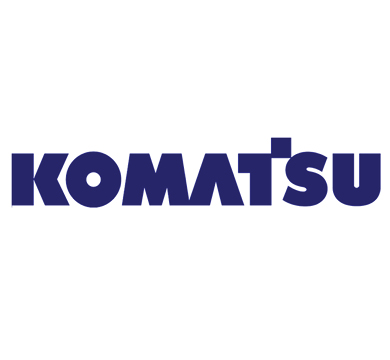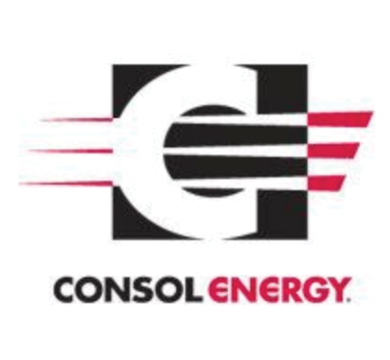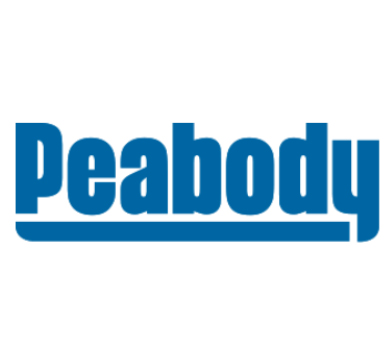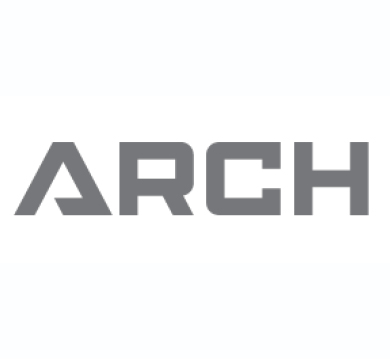Montana Tech’s Underground Mining Class Takes Students Beneath the Surface
On a recent Wednesday afternoon, two men hopped out of the Bobcat ATV they’d parked on the western edge of Montana Tech’s campus. The men adjusted their work belts and hard hats then walked through the entrance of what looked like a garage or large storage shed.
But this shed wasn’t for storage. Instead, the building housed the mouth of roughly 3,000 feet of granite drifts, better known as Tech’s practical underground mining classroom.
For the past five years, mining engineering professor Scott Rosenthal has taught this unique underground mining class, which meets once a week about 100 feet below the campus’s surface. Rosenthal said it is the only on-campus underground classroom in the country.
“The students pretty much run their own show. We’re just there for assistance,” Rosenthal said, referring to himself and his two teacher’s assistants. “We let our students do a lot more than our sister colleges.”
Rosenthal said he was a Tech mining engineering student himself from 1978 to 1982. A New Mexico native, he was studying in Butte when the mines were still up and running. About a year after he graduated, Butte’s mining operations shut down, forcing him to seek work elsewhere.
Now decades later, Rosenthal is back in Butte, and his classroom is one of the only accessible underground traces of the Richest Hill left.
Down the classroom’s entrance ramp, Rosenthal’s nine students are brought into the Orphan Boy mine drifts, or tunnels. During each four-hour class, the students work in three different groups to drill, blast, dig out, and secure different drift areas.
Since they started working in the old network of mine shafts, Rosenthal said his students have rehabbed drifts, intersected old works — including those that connect the Orphan Boy and Orphan Girl mines — and have also created new drifts.
In one work area, students drilled large, nail-like rock bolts feet deep into the granite to form a Roman arch above them. In another, one woman in bedazzled MissMe jeans maneuvered one of the compressed air-powered drills to carve out numerous holes in a strategic pattern.
Near the classroom entrance, another group finished and filled their drilled-out holes with explosive powder, basically fertilizer mixed with diesel, Rosenthal said. After moving around the corner and ensuring students had ear protection on, graduate teacher’s assistant Kyle Murphy shouted, “Fire in the hole!”
A few seconds later, a big blast followed by a few quick, smaller bursts shot sound and air toward students while clearing them a new, larger work space.
Preparing students for jobs after college and helping them land summer internships are two major goals of Rosenthal’s class. He and Murphy both said the hands-on learning environment gives students a chance to test the plans they create on paper.
“What students draw up may be pretty, but at the face, it’s not the same,” Rosenthal said. “We want them to figure out how to adjust their design to make it achievable.”
But the hands-on underground classroom is for more than just Rosenthal’s class. In 2013, a Department of Energy grant for a geothermal project helped pay for the initial development of the classroom. Now, five years later, water at 78 degrees Fahrenheit pumps to Tech’s natural resources building, where heat is extracted and colder water makes its way back underground through a process that takes some money off the college’s gas bill, Rosenthal said.
Other projects are developing underground, too. An underground greenhouse is in the works, miner health and safety research is being conducted by both Tech students and the National Institute for Occupational Safety and Health, and geological-related studies are in progress, Rosenthal said. There’s even Wi-Fi in the tunnels for experiments that need to be remotely monitored.
Rosenthal’s goal is to double the feet of accessible tunneling and expand these underground research opportunities for more than just the mining engineering department.
“Some students like the class because it’s exciting and they learn a lot in an environment where they don’t have to book-think,” Rosenthal said. “It’s an escape from their usual studies.”
—By: Maddie Vincent, Montana Standard





